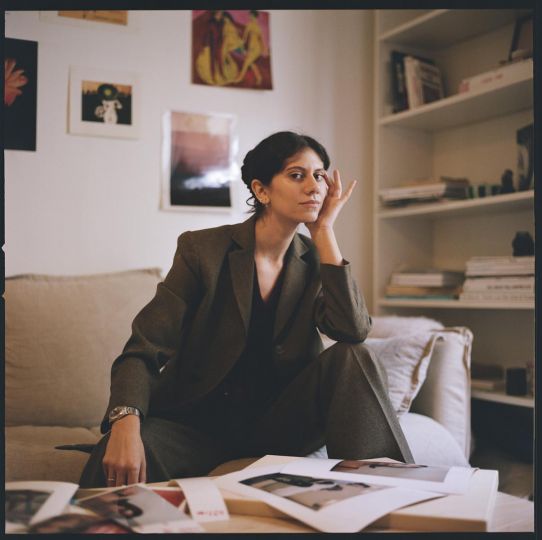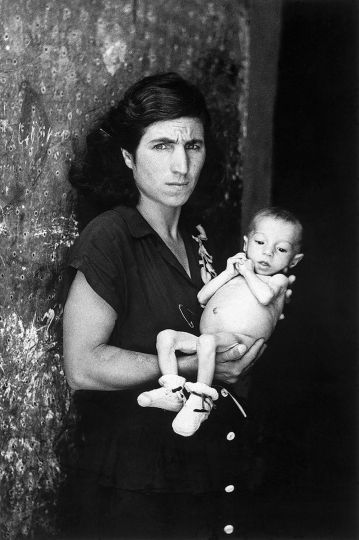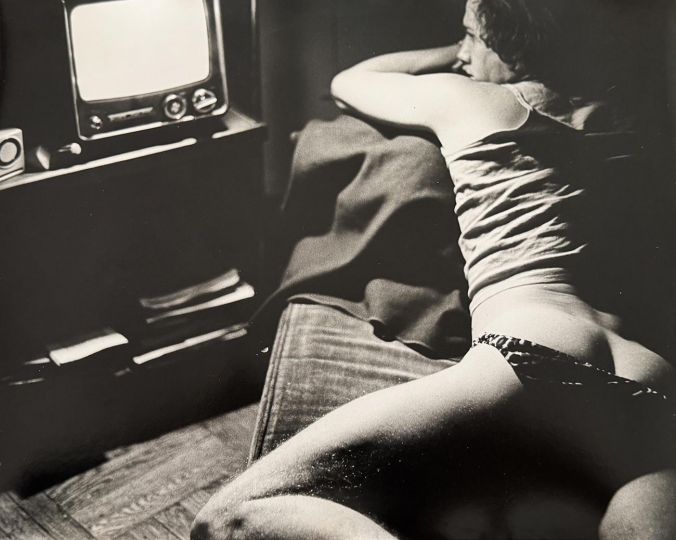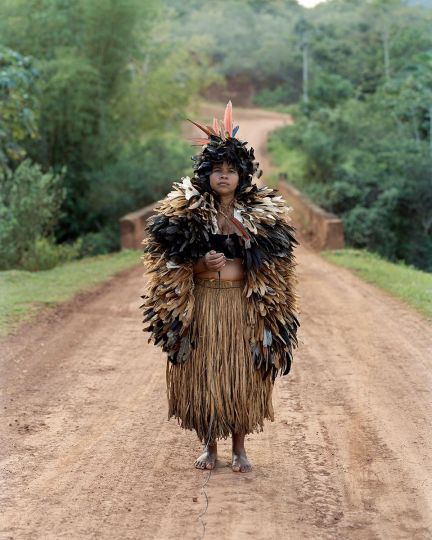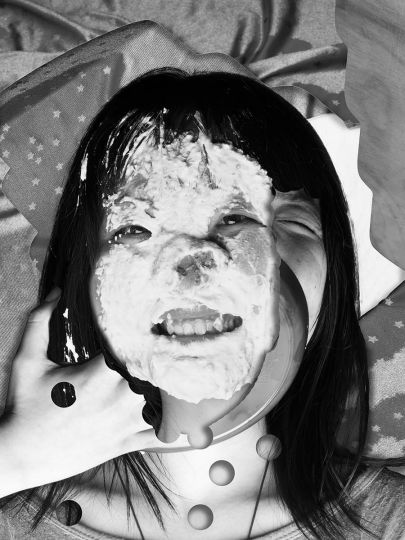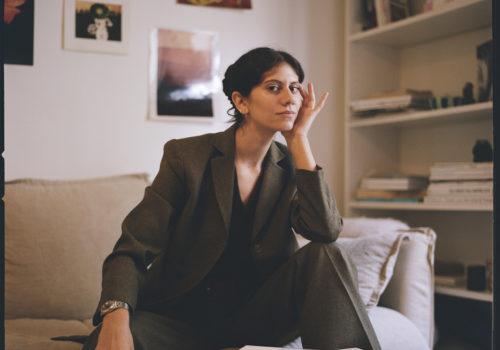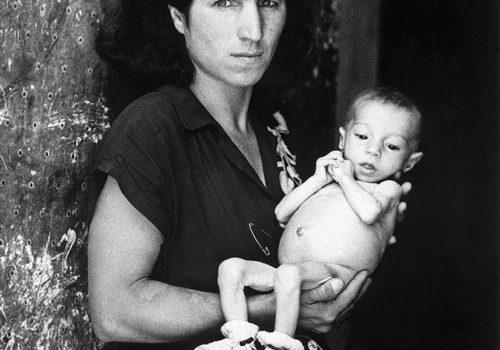A style
André Carrara likes to say that he came to photography and especially to fashion photography for the sake of women, and it is true that for more than 40 years he never stopped celebrating La Femme. He declaimed his ode over the pages of Vogue, Elle, Marie-Claire, Marie-Claire, Glamor, Mademoiselle, Madame Figaro, of which he was one of the closest collaborators.
The man is discreet and humble. Yet his photographs have been circulating around the world, distributed to thousands of copies in leading fashion magazines in France and abroad.
Sometimes in black and white, sometimes in color, in all corners of the world, in all latitudes, André Carrara builds his subjects in love with the 7th art. The cinematographic references are numerous. Like Rosselini, Bergman or Bunuel who in Stromboli, Personna, Belle de Jour … have magnified their muses, and to which he pays homage in beautiful shots directly inspired by scenes from these films, André Carrara delivers beautiful portraits of women , he invents a story that unfolds in each of his reports, looks for a setting, sets a climate, chooses his wife, his heroine, designs his staging. The unity must be perfect, it is essential to make the atmosphere fleeting for a moment, the miracle of a unique light.
At the edge of a deserted beach, a woman has just emerged from the water, she is cold and her body trembles slightly. It does not dry. Under the distanced lens of the photographer, she seems fragile and vulnerable. A little earlier she was sitting on the edge of a boat, her face concealed beneath a broad-brimmed white hat, her legs outstretched and her feet as if on points delicately penetrating the water. The silhouette, fine and delicate stands sharp in the warm southern light. The forms are pure, the style is natural and the test in black and white, beautiful, is not without evoking the aesthetics of fashion photography that André Carrara appreciates signed Martin Munkacsi, Jacques Henri Lartigue or Henry Clark for example.
The strength and beauty of André Carrara’s prints is to be found in this subtle encounter between instantaneousness and the mastery of randomness summoned. If the photography is meticulously prepared and staged, it seems however to leave a large place to the moment. The chance is expected and integrated as in this photograph taken in an alley of Marrakech. A girl in a jog walks quickly, head down. In the foreground, a child enters the frame while a cyclist sinks into the picture. The result: an almost documentary style, a photograph that escapes from a genre where we would like to confined it. Same impression with a Parisian photograph taken rue Servandoni in rainy weather. Here André Carrara opts for black and white. Tight in her leather jacket, dripping hair, a young woman moves forward, hands in pockets, she is slightly contracted, the bust leaning forward, she is without make up, and looks at the camera with frankness.
Another atmosphere, another place, on the island of Faro, a haven of peace so dear to Ingmar Bergman, the setting is wide to celebrate the exceptional calm of an original landscape. On a stone path that draws a long diagonal, a young woman, a ghost of Liv Ulmann, her hair in a skilfully neglected bun, her clothes in autumnal colors, walks with a light step. In the cold light of a late autumn afternoon that makes the skyline so clearly stand out, the young woman, from behind, melts smoothly into the landscape. The chromatic harmony of saturated colors celebrates here the original nature and the osmosis between this nature and the woman who is lost there.
In Palermo, the story is different, the series more theatrical. In the alleys of the Sicilian city, under the burning sun, another story is played out. The heroine is a young seductress with perfect shapes molded in a sheath dress. She wanders the streets, her step is assured, her pace alert and her body fine and dynamic.
Often young, fresh, The women who live in André Carrara’s clichés are not necessarily models chosen in an agency but young women he met who pose for the first time in front of a lens. The result is there. Beyond the stagings, whether the shots are wide or close, the photographer seeks to capture the moment of grace, the one when the woman seems, for a brief moment, to forget the lens, the command, the staging and the role to play, to open up in more intimate portraits.
Isabelle Cecile Le Mee
Biographical approach
Born in Paris in 1939, André Carrara is a teenager when he first meets photography. Accompanying her sister in the photographic laboratory where she was employed, he is entrusted with a camera and leaves to take his first shots in Paris. These first experiences fascinate him and decide his future: he will be a photographer. First apprentice in various laboratories where he learns development and printing while attending evening classes at the Louis-Lumière school, he is 20 years old when he starts working as an assistant in the advertising agency SNIP, a real hive where he rubs shoulders, with photographers, designers and graphic designers. It is there that he really discovers photography alongside Willy Rizzo, Fouli Elia, Guy Bourdin or Jean-Bernard Naudin. It is with him that he will learn the job and perfect his apprenticeship. In 1963, he made his first series of shots, a very successful advertising campaign for Lacoste.
André Carrara’s photography career is launched. Antoine Kieffer, then artistic director of Vogue France, struck by the quality of his black and white shots, gives him his chance and commissions his first reports. Everything accelerates when Hélène Lazareff, editor in chief of Elle, the magazine she created in 1945, calls him. He then joined other prestigious photographers, regular collaborators like Helmut Newton or Hans Feurer. Roman Cieslewitz has just joined as artistic director. His arrival marks the renewal of the magazine’s layout, which he transforms according to his own graphic vision, characterized by the clarity and simplicity of the plastic expression. This collaboration with the one who is considered one of the greatest graphic designers of the second half of the 20th century is for André Carrara determining: he perfects his style and then signs with Cieslewitz many very graphic reportages. The collaboration is interspersed with a three-year trip to the United States where he works for Mademoiselle, Glamor … Back in France in the early 70s, he resumed his collaboration with Elle and was published in many magazines as in the British, German or Italian editions of Vogue, while becoming one of the main collaborators of the advertising agency MAFIA
If in the 1990s, at the request of Anna Wintour, Andre Carrara regularly contributed to the American magazine Allure and other well known magazines, the years 1980-2000 will be especially the years Marie-Claire and Marie-Claire bis where with the art directors Walter Rospert and later Fred Rawiler, he created his most beautiful stories, his most beautiful photographs.
Through March 30th.
ArtCube Gallery
9, place Furstenberg
75006 Paris, France


